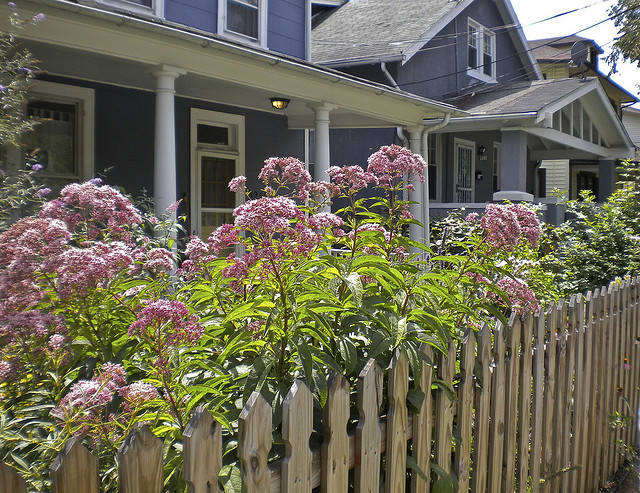High vs Low Price Property Investment Strategy
updated 4th October 2016
Buying High Price Properties
Upsides:
High priced properties are usually in well known suburbs and come on to the market irregularly. So there are less of these types of properties available.
The marketing effort is considerable for this type of home as prestige is something people strive for. So it is relatively easier to track when these type of properties become available.
Affluent suburbs have strong demand, limited supply and typically have a solid past growth performance. These factors will continue to keep the prices increasing.
The price of these properties will mean a higher rental figure which could put them out of the reach of mainstream tenants which generally means the quality of tenants will be of a higher standard.
Downsides:
In times of economic downturn, it is the higher priced luxury items that suffer first. As there is less demand for these types of properties there will be very little capital growth. Having the best house in the worst street or area does not give you good capital growth. It makes more sense to have an inexpensive house in an expensive suburb.
From a financing point of view, it can be harder to arrange finance on a higher priced property. Don’t forget lenders base the amount they are willing to lend against a property on how quickly they could sell the property to realise a debt.
The higher the value of the property, the less demand there is from the general population to purchase it. For example a 60% loan to value ratio (LVR) for a $3M property looks decidedly pale against the easily achieved LVR of up to 95% for a more modestly priced property of $500k
You can also expect higher stamp duty and land tax costs if you are looking to invest in these properties.
Buying Low Price Properties
Upsides:
Lower priced properties in established suburbs can handle economic down turn better; the lower price will mean these properties are still relatively affordable. The lower mortgage balance allows investors to continue to purchase during these times.
Given that there are more lower priced properties available and they are spread throughout most locations an investor can have a better spread of suburbs to buy into. This means that lower priced properties have a more stable performance if they are priced around the median price of the suburb they are located in.
Greater diversification reduces the risk of not having sufficient tenants in the market for this type of property or seeing a downturn in one suburb as opposed to another.
These properties also have lower stamp duty and land tax costs.
Downsides:
Of course the disadvantage of the higher availability of lower priced properties means there will be more competition to purchase the properties. It could take an investor a lot longer to find and purchase.
It could be harder to find tenants if the area is not supported by infrastructure. Lack of nearby public transport, shops, schools etc will make them less appealing to prospective tenants who may have families with small children.
If the property is too run down the rental returns will be much lower, which in turn could attract a lower quality tenant. While renovating the property to gain some equity and increase the rent could mean over capitalising depending on the area.



